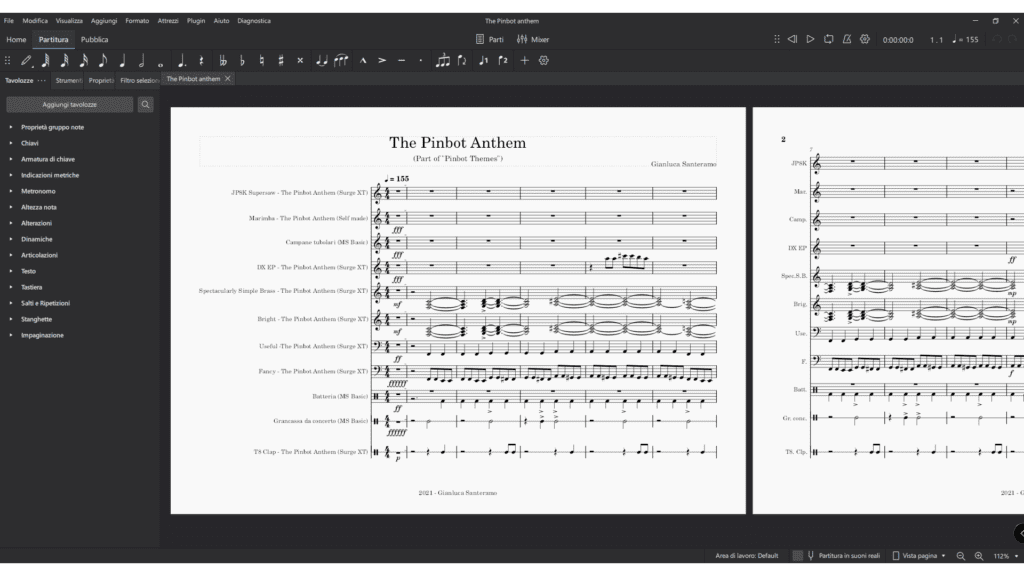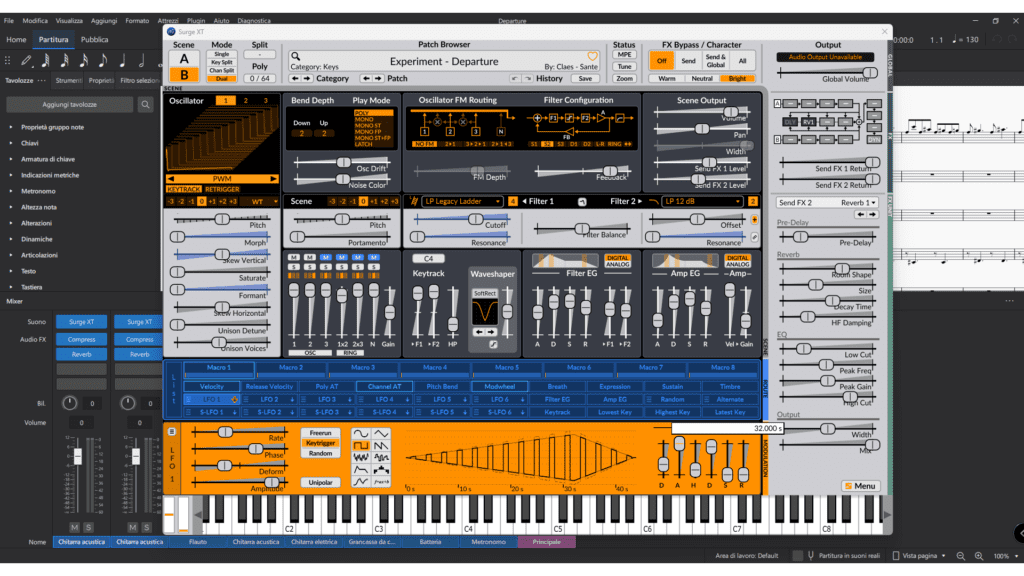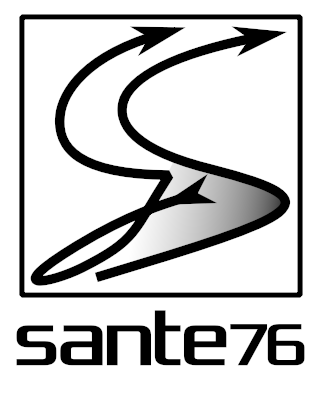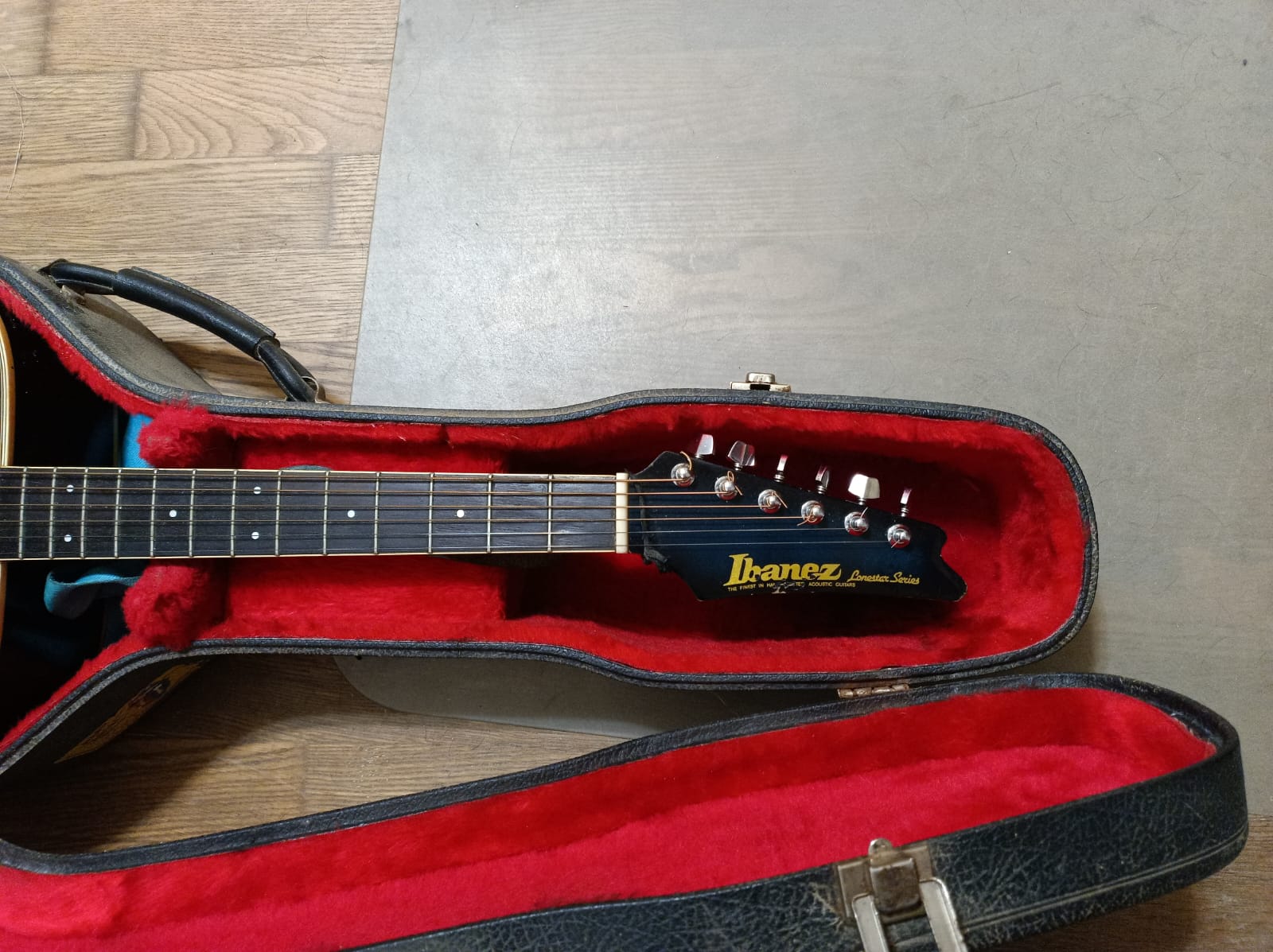I’m just a casual guitar enthusiast, playing as a hobby. I picked up the guitar on my own, thanks to a couple of books by Maestro Roberto Fabbri, a well-known figure, especially in classical music circles. Thanks to his books, I started playing guitar at home because my wife is a skilled electric bass player. I chose the guitar simply because it was available, but my passion lies in playing any instrument and creating music.
Maestro Fabbri’s books, focused on score reading, not only guided me in playing the guitar but also imparted an additional skill: a foundation in music theory. Through his teachings, I gained insights into how professional musicians notate and interpret musical ideas. Eventually, those enigmatic black dots on the perplexing five-line puzzle called “the score” started making sense to me.

I’m not a professional music writer; I simply aspire to emulate their craft. I readily admit that without substantial assistance from technology, I’d be quite lost. In my songwriting journey for Pinbot, a well-known ally named Musescore has played a pivotal role, helping me bring my musical ideas to life.
However, Musescore is primarily designed with a focus on classical music. Its creators initially conceived it as a tool for composing scores, specifically tailored to the intricate requirements of classical compositions. Its main objective is to empower music composers, enabling them to craft music for an entire orchestra and subsequently extract individual scores dedicated to specific instruments. Moreover, it extends its utility to musicians who play these various instruments.
After some time, Musescore expanded its capabilities to include playing the composed music itself through an internal mixer and recording the pieces in formats like MP3 and WAV, providing a valuable tool for music production. However, a challenge persisted: the native instruments in Musescore were of a general MIDI type, and those from “Muse Hub” primarily catered to classical instruments or ensembles.
I truly believe that classical music might not always be the ideal choice for certain video games, especially those set in a distant future like Pinbot. I think these games resonate better with electronic or dance music, creating a more harmonious and immersive experience. It’s as if they are a perfect match, enhancing the futuristic atmosphere of the gaming environment.
Fortunately, Musescore offers the flexibility to incorporate external resources, such as VST (Virtual Studio Technology). In my quest for suitable tools, I stumbled upon Surge XT, which has proven to be a valuable addition to my musical toolkit.

Surge XT, being a free and open-source hybrid synthesizer, has become the melodic voice of Musescore in nearly all of my compositions. Its versatility and accessibility have greatly enriched my musical endeavors.
I believe my musical style is heavily influenced by the artists I admired during my teenage years, a fondness that persists to this day. While many were captivated by the likes of Queen, Pink Floyd, U2, and other ’80s music giants, my fascination lay with artists who, though well-known, were perhaps less mainstream. Icons like Vangelis, Tangerine Dream, Jean-Michel Jarre, Art of Noise, Ryuichi Sakamoto and Jan Hammer have shaped my musical preferences. My introduction to their works came through a series of compilations titled “Synthesizer Greatest,” released between 1989 and 1996. As I immersed myself in this music, I discovered many pieces that I adore, often featured as movie themes, solidifying my affection for instrumental compositions.
When creating music for my games, initially intended as soundtracks, I expanded the reach of my original compositions worldwide. With the help of RouteNote and its diverse partners, my soundtracks are now accessible on various platforms suck as SoundCloud, reaching a broader audience than I had initially anticipated.

